Here’s your Guide 101 on Female Condoms aka Internal Condom. Female condoms are made from soft, thin synthetic latex or latex. They’re worn inside the vagina to prevent semen getting to the womb.
1. What Are Female Condoms?
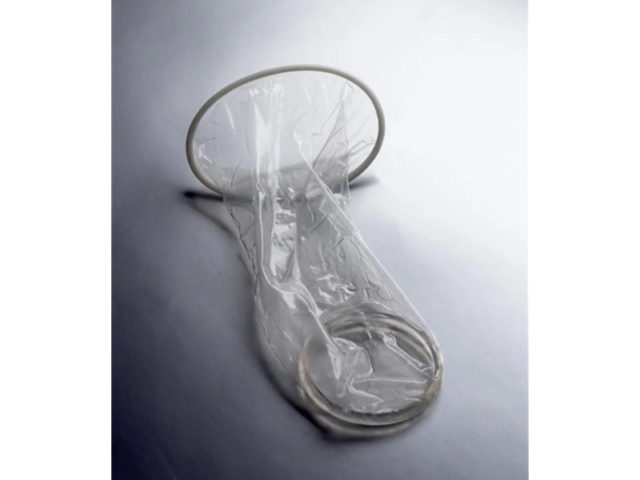
Female condoms, otherwise called internal condoms, have a significant number of similar traits and benefits as male condoms, otherwise called external condoms.
Internal and external condoms assist with keeping pregnancy by preventing sperm from entering the vagina during intercourse. They likewise ensure against sexually transmitted contaminations (STIs), like HIV/AIDS and viral hepatitis.
Internal condoms are plastic pockets that you embed into the vagina. They have adaptable elastic rings at each end. One end holds the condom in the vagina like an anchor, and the opposite end stays outside the vagina during sex.
They’re made of normal elastic plastic, nitrile (an engineered plastic), and polyurethane, a sort of plastic material.
2. How Do You Use A Female Condom?

An Internal condom is also referred to as a barrier method, meaning, Barrier methods of birth control prevent pregnancy by actively blocking sperm. Other forms include diaphragms, cervical caps, and the contraceptive sponge, which contains spermicide, a chemical that blocks the entrance to the cervix and kills sperm.
To utilize an internal condom:
1. Tenderly remove the condom from its covering by tearing it by its indent. Try not to utilize a sharp item, including your teeth, so you don’t mistakenly tear it.
2. The condom has two ends: the shut inward end and the open external end. In the middle of the two finishes is a sleeve that lines the vagina.
3. Use your thumb and pointer to press the ring at the shut end and put it into the vagina, similar to a tampon or feminine cup.
4. Push the ring at the shut end down the vaginal wall until it sits easily, close to the pubic bone.
5. Ensure the open external ring stays outside the vagina.
6. At the point when you’re prepared for penetrative sex, you or your partner can embed a penis or dildo in the outer end of the condom.
7. After sex, use your finger to twist the outer end together and gently pull it out of your vagina to avoid semen spillage.
The internal condom is planned for single-time useTrusted Source. Which means, you shouldn’t reuse it after a series of vaginal sex.
You ought to never utilize more than each condom in turn. Utilizing more than one might cause erosion between the two condoms and could make them tear.
Peruse the directions on the bundle before use to guarantee you don’t pass up any basic subtleties on the best way to utilize it.
Completely look at the condom for any wear or tear. Try not to utilize it assuming you notice any deformity. You can utilize the condom 2 hours before penetrative sex.
Also, you can leave the internal condom on after discharge. Arrange the condom after use.
3. How Effective Are Female Condoms?
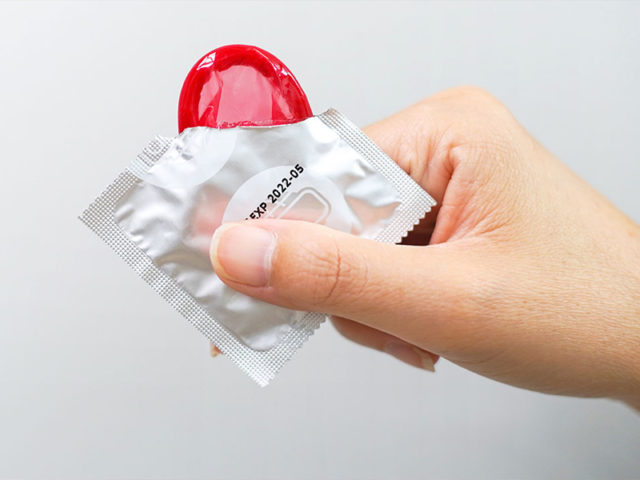
Internal condoms have a marginally lower viability rate than external condoms.
Experts measure the viability of anti-conception medication depending on typical use and amazing use. Typical use suggests that the individual doesn’t generally utilize it accurately and reliably. Amazing use implies that the individual completely adheres to the directions and reliably utilizes it.
By and large, the success rate for internal condoms is 79% for typical use and 95 percent for amazing use. In the interim, external condoms have a 87 percent achievement rate for typical use and 98 percent for amazing use.
Internal condoms have a 5 percent failure rate for amazing use, versus 21% for typical use. External condoms have a 2 percent disappointment rate for wonderful use and 13 percent for typical use.
When utilized accurately, internal condoms can assist with halting the spread of STIs.
4. What Are The Benefits Of Using Female Condoms?
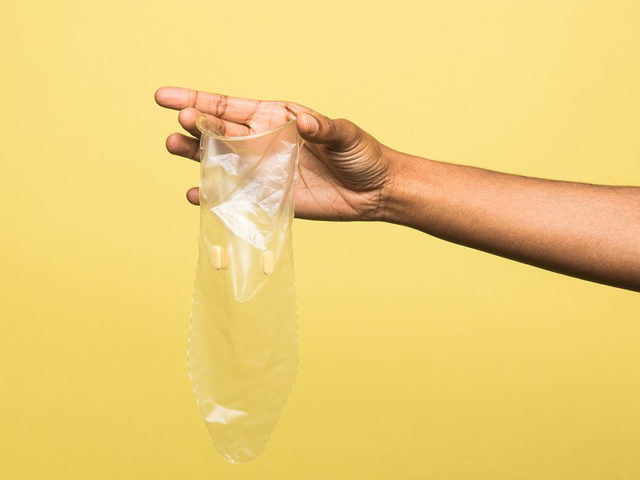
Internal condoms offer large numbers of similar advantages as external condoms. A portion of their novel advantages include:
1. Increased sexual pleasure. The internal condom is made of polyurethane, which communicates hotness and stays warm to the body, causing sex to feel more normal to you and your partner(s). Likewise, the external ring might animate the clitoris, while the internal ring might invigorate the tip of the penis.
2. Doesn’t contain latex. While a few external condoms are made of latex, the internal condom is made of nitrile and polyurethane, making it great for individuals with latex sensitivities.
3. Protection against accidental pregnancy and STIs. The internal condom offers twofold protection against STIs and accidental pregnancy, since it covers the internal and part of the external genital from your accomplice’s body liquid.
4. Can be utilized with oil-based and water-based oil. Not at all like the external condom, you can utilize the internal condom with oil-based and water-based ointment without the condom turning out to be less powerful.
5. Longer shelf-life. The internal condom needn’t bother with extraordinary directions for capacity, since temperature and stickiness don’t influence it. Likewise, it can keep going for as long as 5 years.
6. You can embed the condom 2 hours before penetrative sex. This permits you to get ready for intercourse early.
5. What Are The Drawbacks Of Using Female Condoms?
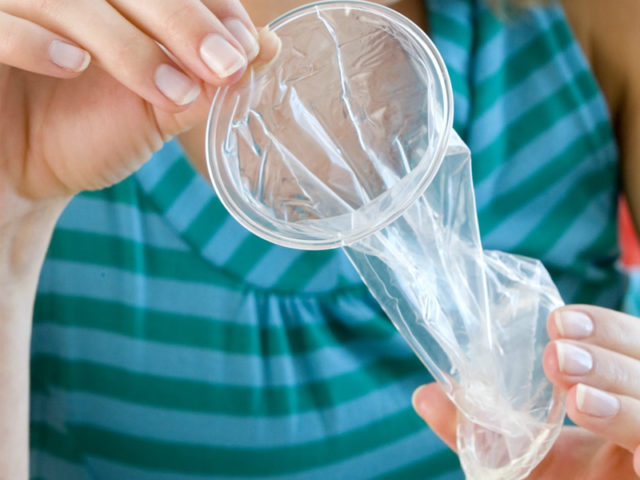
Internal condoms are easy to utilize. All things considered, certain individuals think that they are uncomfortable or awkward to insert and wear during sex.
With a touch of training and experience, you might think that they are more agreeable to utilize. Like external condoms, you want to utilize them appropriately and reliably to forestall inadvertent pregnancy and the spread of STIs.
1. They’re not as easily and promptly accessible as external condoms.
2. Internal condoms are somewhat less cost-effective than external condoms.
3. A few aftereffects are related with utilizing an internal condom, including:
- Burning
- Rash
- Distress
- Tingling
6. Female Condoms Vs. Male Condoms: Which Are Better?
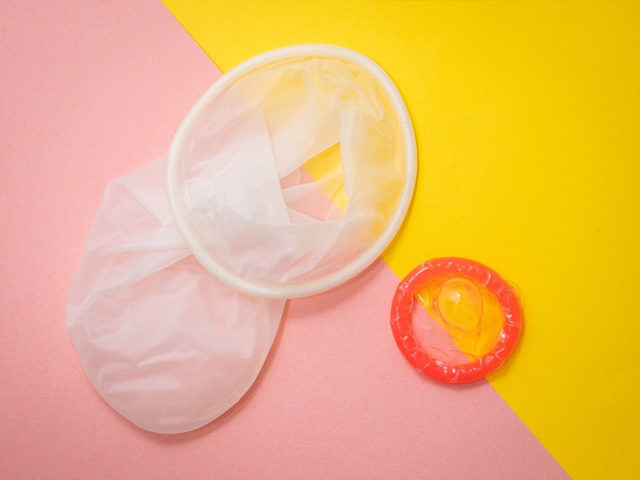
When utilized accurately, both female and male condoms are extremely compelling in forestalling pregnancy. Yet, female condoms have a higher rate of failure than male condoms. Condom failure suggests that it’s possible to get pregnant or contract STDs.
As per stats, male condoms are 98 percent effective in preventing unwanted pregnancy whereas female condoms are 95 percent effective If use them correctly. Hence, male condoms are considered more effective in comparison to female condoms when it comes to preventing pregnancy.
7. Takeaway
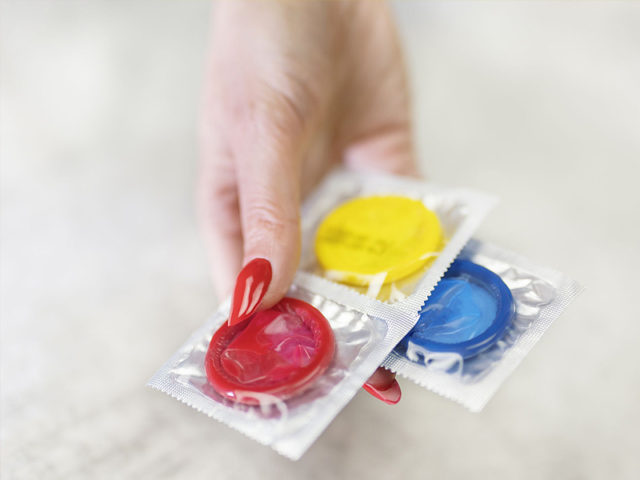
Internal condoms offer a more pleasurable, sensitivity free, and viable method for forestalling undesirable pregnancy. When utilized accurately, they additionally forestall the spread of STIs.
Follow the package directions to insert and remove them properly. You can also use them with your favorite choice of lubricant without reducing their effectiveness.

